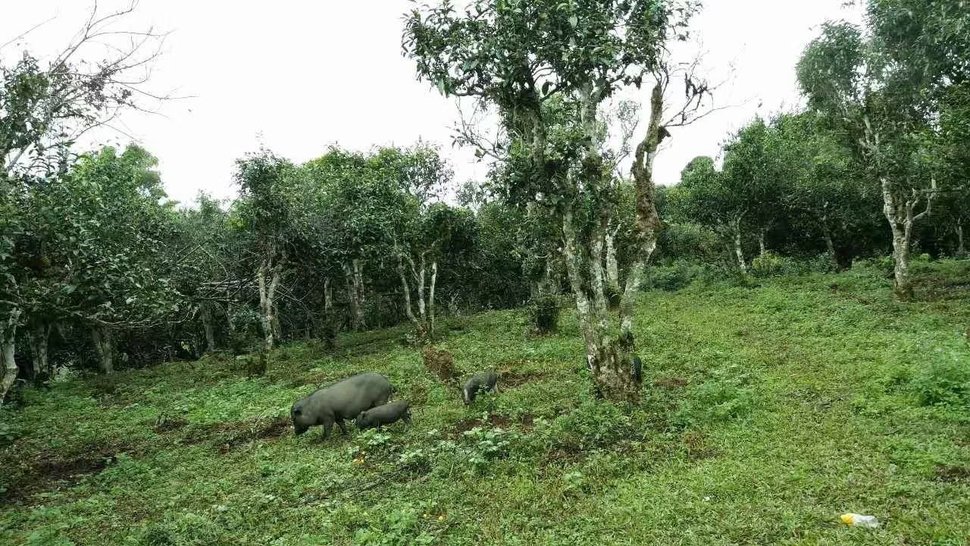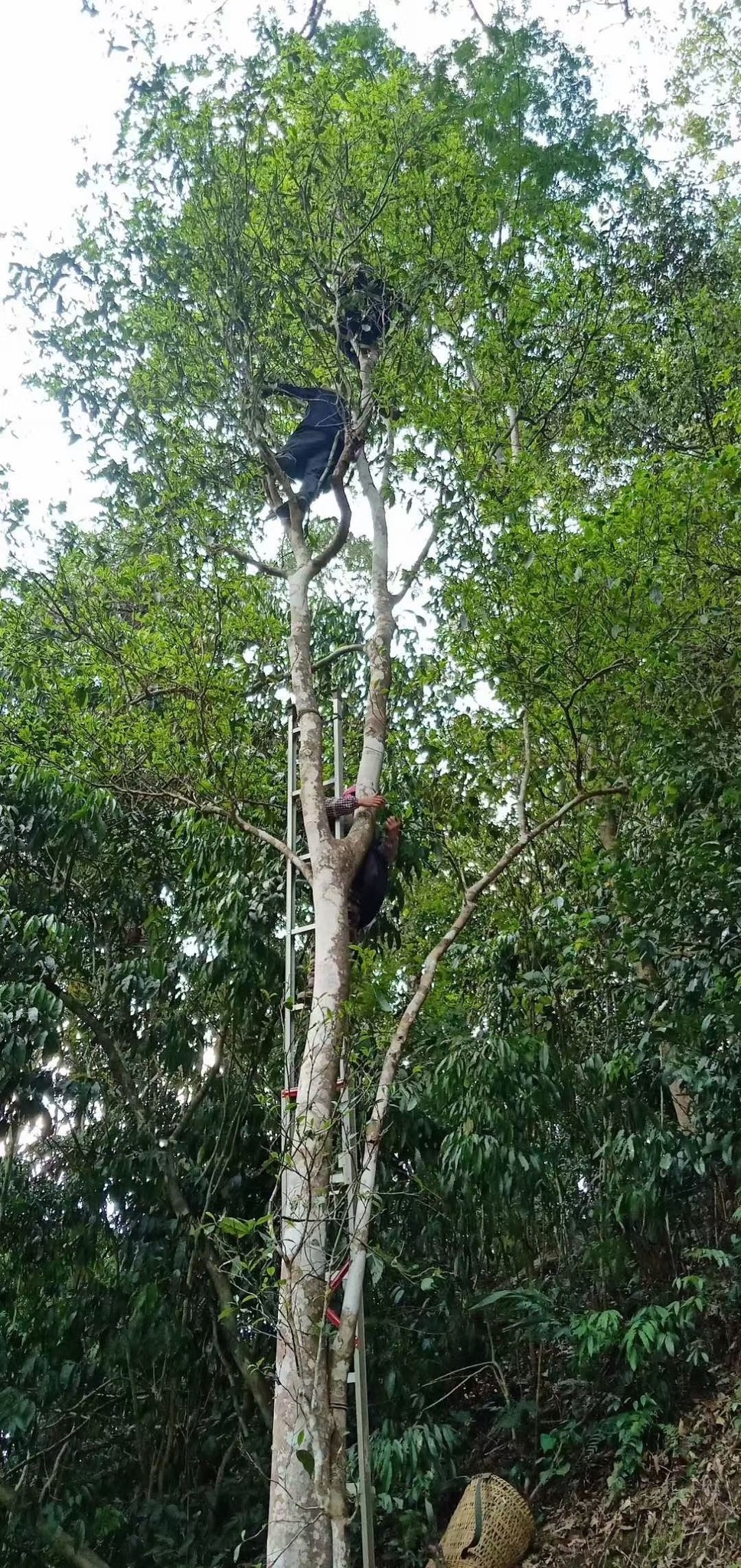Login
Log in if you have an account
Please note: If your account was stored on our previous platform, you will need to re-register. We apologize for the inconvenience.
Dont have an account? Register
Honoring All the Elements of Tea

April 22 is Earth Day, a reminder to take care of the natural environment that not only surrounds us but is part of us. We are reminded that earth is found everywhere and comprises everything, from the food we eat to the clothes we wear, to our internal organs that breathe, digest and carry out life. We are not separate from the earth, and when we tend to the earth, we simultaneously tend to ourselves. Maybe that’s why gardening or walking by the water is such a relaxing activity for so many of us. Maybe that’s also why drinking tea can be peaceful, grounding, joyous and nourishing!
As we drink and appreciate tea, we remember the various elements that play a part in getting tea to our cup. Tea plants interact with soil, wind, sun, rain, other animals and plants, and more. There are baskets, drying racks, woks, ovens, steamers and many humans involved in the harvesting and processing. Some teas come from high elevation, misty mountains where the tea plants thrive in temperature extremes. Some teas come from farmers whose families have been tending, harvesting, and processing tea for generations. Among the many stages that tea goes through, from seed and sprout, to picking and processing, to brewing and drinking, we see the interaction of all Five Elements/Phases (Wuxing 五行): Wood, Fire, Metal, Water, and Earth at the center.
When brewing tea, the Five Elements/Phases are all present. Wood is found in the tea leaves, fire heats the water, water steeps the leaves. Metal may be found in a kettle or other tea tools, or perhaps it is present in non-literal form as awareness and appreciation of the tea. Earth is found in the teapot and cups. These earthen vessels are empty, for they are the place where the other elements converge and are held. Without a brewing vessel, there is no place for the tea leaves to interact with the hot water!
We are part of the picture as well. Earth is also found in us, the humans brewing and enjoying the tea. In acknowledging that we are an essential and important element of the world, we see how we are always in relationship with other beings, other elements, and the land itself.
At our monthly tea tasting 2023.04 Third weekend, we enjoyed tasting three Pu-erh teas (普洱) and coming up with a collective list of tasting notes. Some descriptors included "forest floor leaves" and "barnyard and hay" for our 2012 Imperial Bulang Tuocha, and "grassy" and "subtle smoky sweet" for our 2013 Big Snow Mountain. Tasters described 2015 Ancient Tree Lao Man Er as "peach blossom" and "minty sweet."
These descriptors helped us imagine the terroir of the teas we were tasting. We also got the chance to share stories and photos of where the teas come from, including the land and the farmers. As we shared with you last month's post, all Pu-erh tea comes from Yunnan, China, a region that is believed to be one of the birthplaces of tea. Some of the tea trees are hundreds, some over one thousand years old, and have been tended to by Chinese ethnic minority groups, such as the Dai and Aini, who are indigenous to the region.


At our tea tastings, we shared photos of large arbor trees where some of our Pu-erh tea comes from. These trees have a trunk at the base with branches and leaves on the upper part of the tree. Arbor trees have usually been planted from seed as opposed to cuttings, and some may truly be wild, in the sense that humans did not plant nor intervene in their seeding and growth, or they may have been planted by humans long ago.
In order to pick the leaves of an arbor tree, one must climb! This differs from Pu-erh tea that comes from smaller, genetically-similar bushes planted alongside each other, typically from cuttings. These bushes are intentionally planted in neat lines to allow for faster harvesting and greater yield. Unlike these smaller bushes, arbor trees have deeper roots that may have more access to minerals and nutrients. Their environment also tends to include greater diversity of other plants and animals.
Seeing images of the tall arbor trees was a highlight for many of this month’s tea tasting attendees, helping them connect the tea they were tasting with its living source. At Teance, many of our Pu-erh teas are sourced from our trusty Mr. Qian and from Master Wang. Through them, we have the opportunity to connect with all the elements that come with our cup of Pu-erh. Thank you Mr. Qian and Master Wang!



